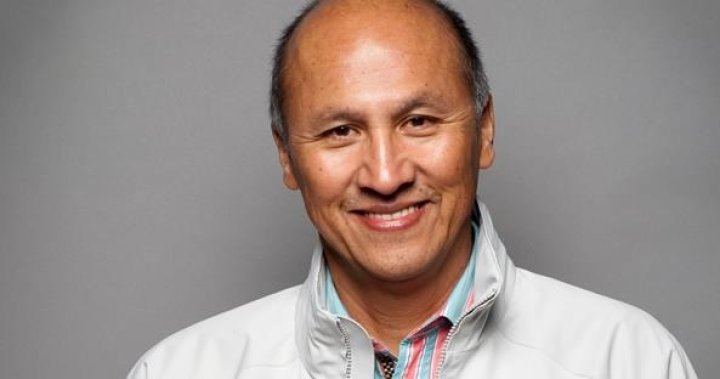
Curators say Vatican must give access to Indigenous artifacts
Global News
A renowned First Nations curator and artist said the artifacts are important to how Indigenous people see themselves and the world around them.
Gerald McMaster has always wondered what mysteries and cultural objects are kept within the Vatican’s collection of Indigenous artifacts.
The renowned First Nations curator and artist says the artifacts are important to how Indigenous people see themselves and the world around them. Yet, he says, not many have ever laid their eyes on what’s in the vaults.
“What is being hidden? Why is it being hidden?” McMaster pondered in a recent interview with The Canadian Press.
“Why (do) Indigenous people remain shut out whereas the vault will be open to other curators that are non-Indigenous, other European curators.”
Indigenous delegates are to meet with Pope Francis at the Vatican the last week in March. The visit is to include a tour of the Anima Mundi Ethnological Museum, which contains an unknown number of Indigenous artifacts.
The Catholic Church has said the delegation’s purpose is to discuss reconciliation and healing, but Indigenous artists and curators say that cannot be achieved if important Indigenous objects remain unseen.
McMaster, who is from the Siksika Nation in Alberta, has been unsuccessful in attempts to see the full collection, despite being a top expert in the field.
He is a 2022 winner of the Governor General’s Awards in visual and media arts, a research chair in Indigenous curatorial practice and director of the Centre for Indigenous Visual Knowledge at the Ontario College of Art and Design in Toronto.











